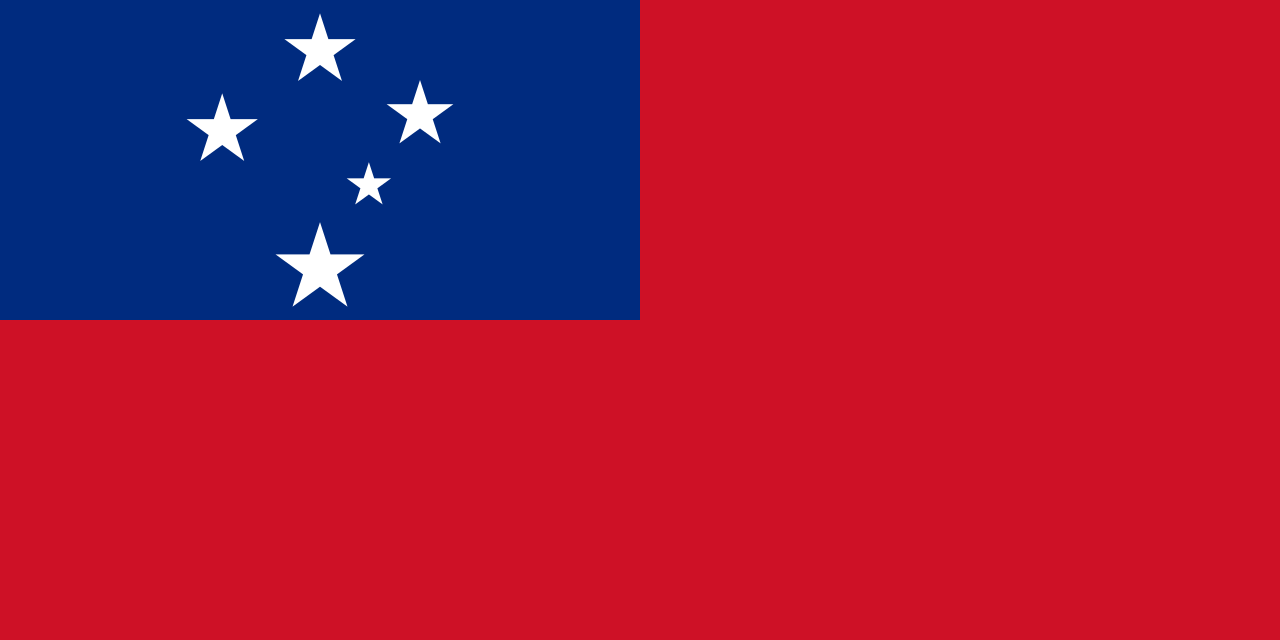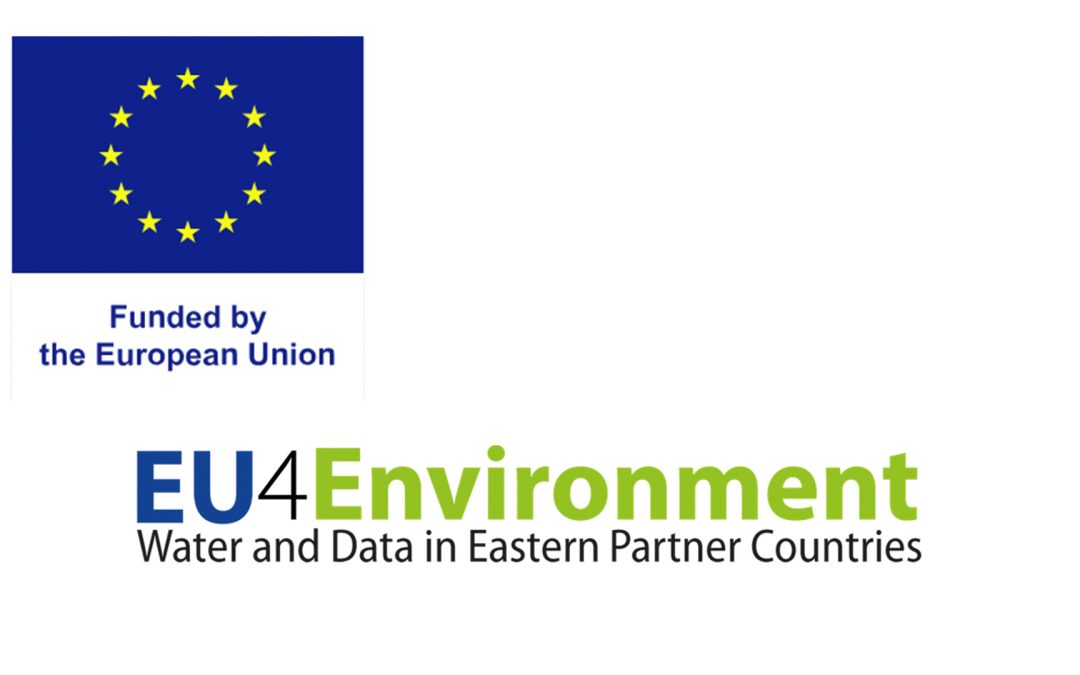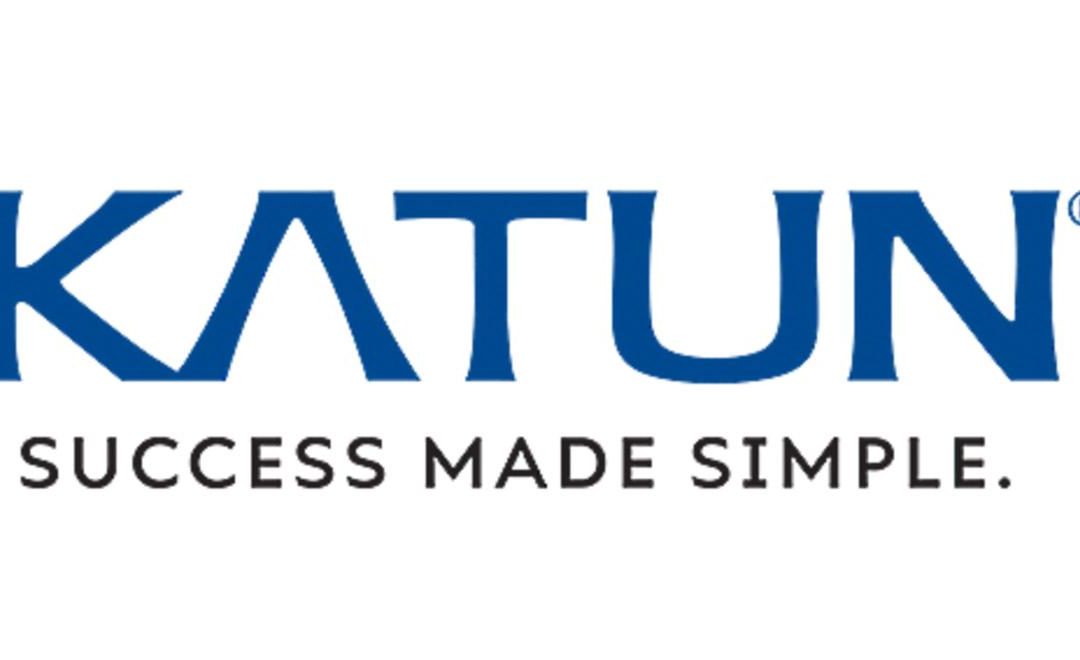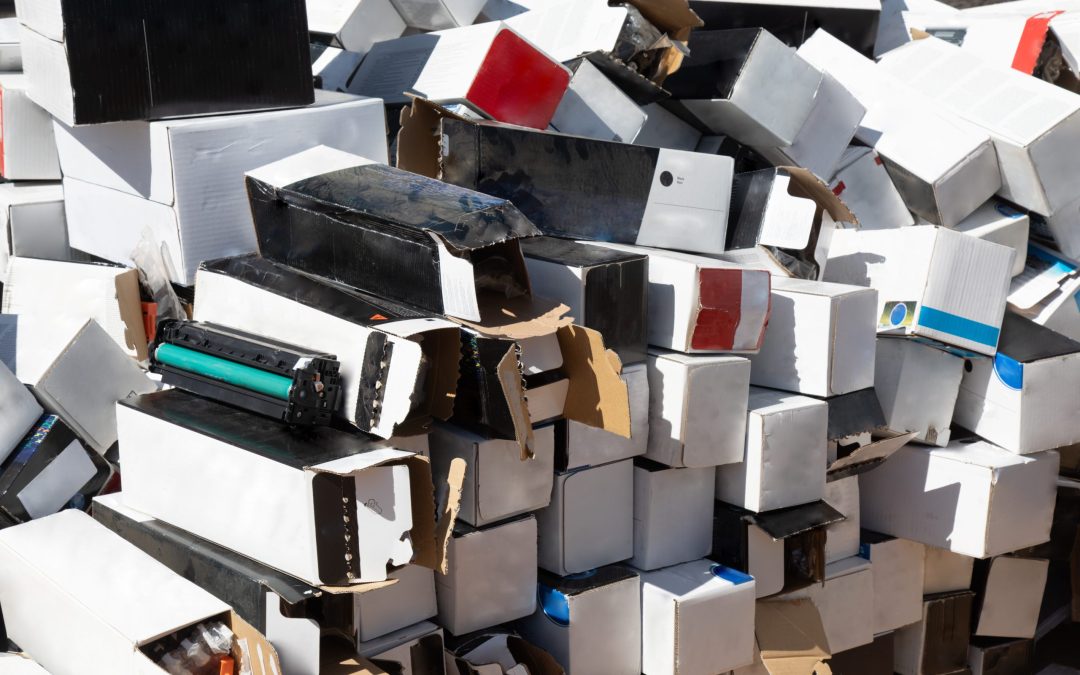
The SPREP’s Leota Kosi Latu. (Credit: Misiona Simo)
Samoa’s ambitions to convert to a circular economy take a step forward recently, with the launch of the Samoa Recycling and Waste Management Association (SRWMA).
Like many other Pacific nations, Samoa relies heavily on imports, meaning proper waste disposal becomes of even greater importance, reports the Samoa Observer. At the launch of the SRWMA, which took place at the Taumeasina Island Resort, the Director General of the Secretariat of the Pacific Regional Environment Programme (SPREP), Leota Kosi Latu, highlighted the problems facing the Pacific Islands.
“Poor waste management and inadequate control over highly polluting activities poses risks to the overall economic base of most P.I.C.T.s, i.e. tourism, agriculture and fisheries,” he said. “These activities are very reliant on a clean environment. In addition, the potential trans-boundary movement of these wastes and pollution can negatively affect neighbouring countries. In a circular economy, we extend the life of products and resources in use for as long as possible. We extract the maximum value from them whilst in use, then recover and regenerate products and materials at the end of each service life by repairing, upgrading, or remanufacturing them so that we don’t lose the value through wasted materials.”
Latu explained that for Samoa to benefit from a circular economy, it would require businesses to come up with innovative new business models, and begin seizing the new opportunities on offer.
“New and additional skills are needed for the final return of materials to the soil or back into the industrial production system. In the circular economy, innovation is the key. We need new technology, products, services and business models to enable the transition. An enabling policy and legislative environment that incentivises the private sector, and an all-round approach/strategy suited and tailored to the reality of Samoa is needed.”
He also called on the Samoan government to do more to encourage the shift to the greener side, saying that the country “must have policies and legislation that are more integrated and cross-cutting which contribute to environmental and sustainable development but also improve health standards. The recycling companies here in Samoa will need support through new sources of long term sustainable financing. Development partners and Government can work together to establish a strategic investment fund from both private and public sectors dedicated to the environment and resource efficiency.”
According to Latu, the island nation has made tentative recycling steps, but has plenty of progress still to make.
“There is some recycling here in Samoa, but unfortunately most of the waste is not recycled and is sent to the landfill at Tafaigata,” he explained. “Whilst Samoa is relatively cleaner compared to other Pacific island countries, plastics for example is now becoming a major problem – not just for the environment, but also poses a health issues for people and marine life. Recycling of plastics is extremely low. Most of the plastics go to the landfill, and large quantities end up in the ocean creating marine litter.
The recent development, however, had left him optimistic. “The creation of the Samoa Recycling and Waste Management Association is a positive development for Samoa,” he stated. “This is the first of its kind in the Pacific Region and one which other Pacific Island countries can emulate.”
The SPREP works with major donors, including the World Bank and the European Union, through the Pacific Regional Infrastructire Facility, to establish recycling hubs around the region, assisting the small countries within it, many of whom’s economies remain volatile, in making recycling possible across the atolls.




















